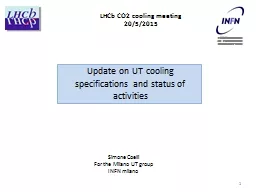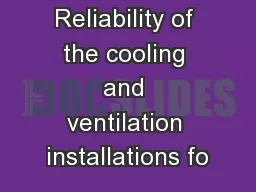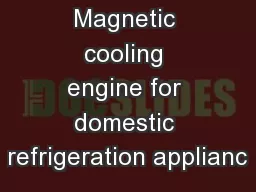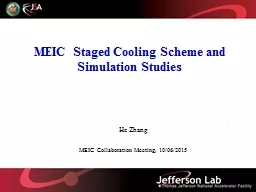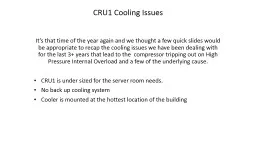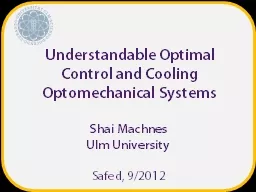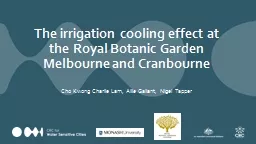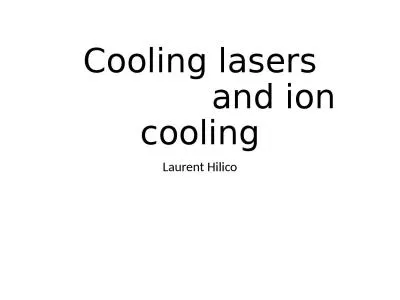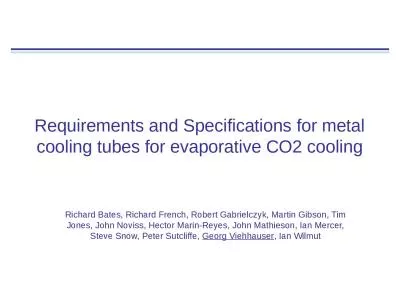PPT-Update on UT cooling specifications and status of activities
Author : avantspac | Published Date : 2020-07-01
LHCb CO2 cooling meeting 2052015 Simone Coelli For the Milano UT group INFN milano 1 Istituto Nazionale di Fisica Nucleare Sezione di Milano TRACI v1 2 TRACI
Presentation Embed Code
Download Presentation
Download Presentation The PPT/PDF document "Update on UT cooling specifications and ..." is the property of its rightful owner. Permission is granted to download and print the materials on this website for personal, non-commercial use only, and to display it on your personal computer provided you do not modify the materials and that you retain all copyright notices contained in the materials. By downloading content from our website, you accept the terms of this agreement.
Update on UT cooling specifications and status of activities: Transcript
Download Rules Of Document
"Update on UT cooling specifications and status of activities"The content belongs to its owner. You may download and print it for personal use, without modification, and keep all copyright notices. By downloading, you agree to these terms.
Related Documents

